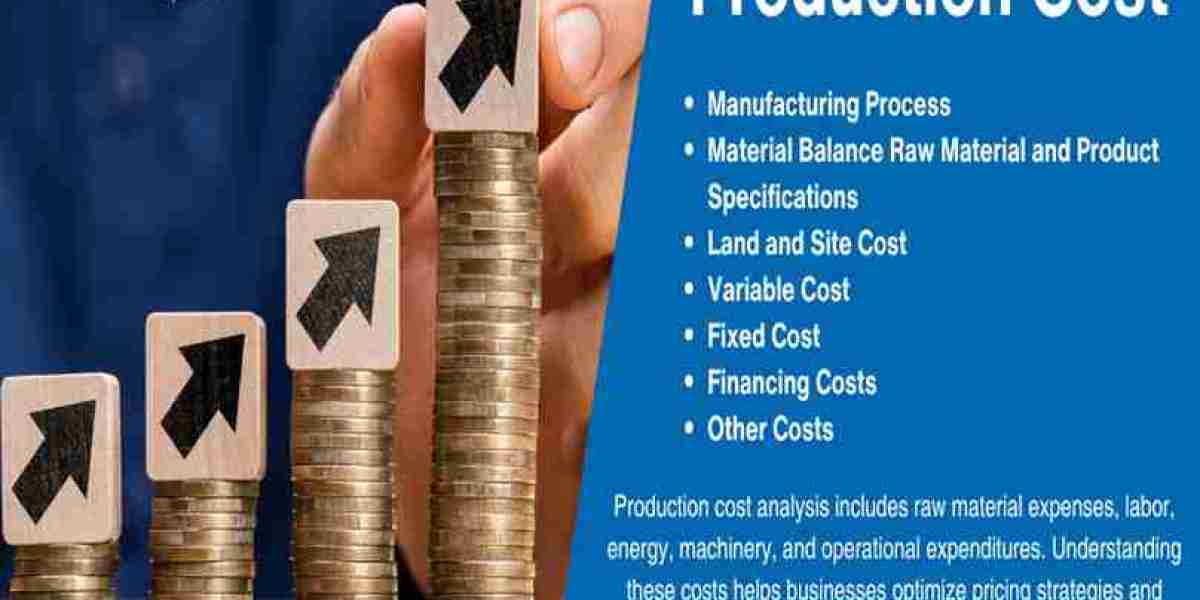The lemon extract market is currently grappling with supply chain disruptions that are influencing both production stability and pricing frameworks across major regional and global players. From raw material shortages to logistics constraints, these challenges are prompting a re-evaluation of sourcing models, inventory policies, and customer engagement strategies.
The primary raw material for lemon extract—lemon peel—is heavily dependent on the harvesting cycles in key citrus-growing countries such as Argentina, the U.S., Spain, Turkey, and South Africa. Disruptions in these regions, due to factors such as extreme weather events, disease outbreaks like citrus greening, or geopolitical instability, have a direct knock-on effect on the availability of lemon peel for extract production. Many producers are now reporting inconsistent supply inflows, creating gaps in continuous production schedules.
Global transportation delays, including port congestion, container shortages, and rising freight costs, have further intensified these problems. In some cases, lemon extract shipments from processing hubs in South America or Southeast Asia have experienced delays of several weeks, disrupting downstream manufacturing timelines in Europe and North America. These logistical constraints are increasing lead times and creating uncertainty for buyers who rely on just-in-time inventory models.
The COVID-19 pandemic amplified vulnerabilities within the lemon extract supply chain, and while the world is moving past the peak disruptions, residual bottlenecks still linger. Labor shortages in harvesting and processing units, particularly in countries with lower automation levels, have led to under-capacity operations and reduced throughput. This has created a mismatch between global demand and available supply, leading to price inflation and strategic sourcing shifts.
To mitigate the unpredictability of traditional sourcing routes, some manufacturers have diversified their procurement models by adding secondary suppliers or investing directly in lemon orchards. This form of vertical integration is growing among mid-to-large-scale players who seek control over raw material availability and price stability. In regions such as California and Sicily, this has resulted in partnerships between farmers and extract producers to ensure consistent quality and volume.
Another emerging trend is the relocation of extraction units closer to cultivation zones. Establishing satellite extraction facilities near lemon farms reduces transport costs for raw peels and mitigates spoilage risks, while also enabling quicker reaction times to harvest variations. Although capital intensive, this model is gaining traction in markets like Brazil and India, where land and labor costs remain comparatively low.
Inventory strategies are also evolving. Traditionally, many extract manufacturers operated with lean inventory to minimize holding costs. However, the volatility observed over recent years has encouraged the adoption of buffer stock policies. Companies are now warehousing higher volumes of both raw peels and finished extract to cushion against unforeseen supply shocks. While this increases working capital requirements, it helps in maintaining order fulfillment consistency and customer retention.
On the pricing front, supply chain turbulence has introduced notable volatility. Contract manufacturers, bulk buyers, and even end-product formulators in the food and personal care sectors are dealing with pricing fluctuations tied to origin-based supply constraints and shifting currency exchange rates. Lemon extract prices, which once remained relatively stable, have now seen surges of up to 20–30% in select regions, prompting a shift in long-term contract negotiations.
Manufacturers are responding by introducing tiered pricing models based on availability forecasts. For instance, customers purchasing during peak harvest months receive more favorable terms, while those requiring off-season delivery may face premium charges. This approach allows producers to distribute risk while providing buyers with transparency and planning options.
Technology is playing a key role in minimizing supply chain disruptions. Enterprise resource planning (ERP) systems integrated with AI and blockchain are helping companies track real-time inventory levels, shipment progress, and forecast disruptions. Predictive analytics tools are increasingly being used to plan procurement based on historical patterns and current disruptions, allowing firms to proactively switch suppliers or adjust pricing models before issues escalate.
In addition, some companies are leveraging localized sourcing to reduce dependency on international suppliers. For example, a few European firms have begun collaborating with small-scale lemon farmers in the Mediterranean to reduce lead times and currency risks. While local sourcing may not yet match the cost efficiency of global imports, the stability and predictability it offers are increasingly viewed as a strategic asset.
Furthermore, many buyers are now requiring traceability and sustainability documentation to support ESG goals. Supply chain disruptions have brought renewed attention to sourcing ethics, working conditions, and environmental practices. Lemon extract producers that can offer full traceability—from orchard to bottle—are finding increased favor in premium segments, particularly in clean label and organic product categories.
In conclusion, supply chain disruptions in the lemon extract market are not merely logistical issues—they are strategic inflection points. Companies must rethink their operational models to build resilience, whether through supplier diversification, vertical integration, localized sourcing, or digital transformation. Those who succeed in navigating these disruptions effectively will be better positioned to capture market share, maintain customer loyalty, and remain competitive amid ongoing global instability.




